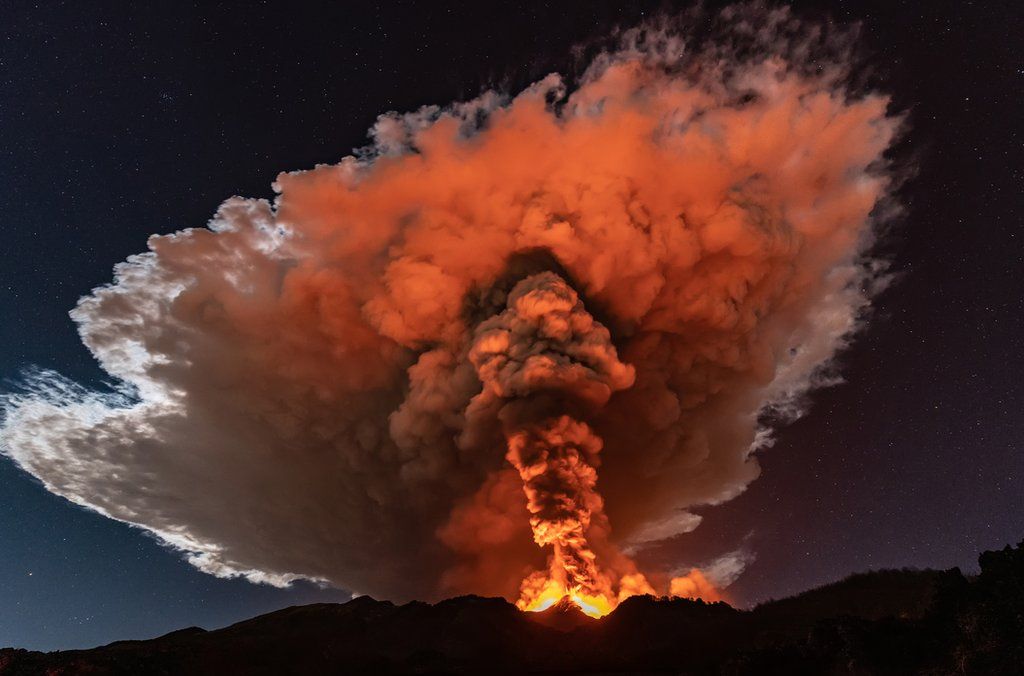How does tectonic plates affect climate?

Over very long periods, plate tectonic processes cause continents to move to different positions on the Earth. For example, Britain was near to the equator during the Carboniferous period, around 300 million years ago, and the climate was warmer than it is today. The movement of the plates also causes volcanoes and mountains to form and these too can contribute to a change in climate. Large mountain chains can influence the circulation of air around the globe, and consequently influence the climate. For example, warm air may be deflected to cooler regions by mountains.

Volcanoes affect the climate through the gases and particles thrown into the atmosphere during eruptions. The effect of the volcanic gases and dust may warm or cool the Earth’s surface, depending on how sunlight interacts with the volcanic material. During major explosive volcanic eruptions, large amounts of volcanic gas, aerosol droplets and ash are released. Ash falls rapidly, over periods of days and weeks, and has little long-term impact on climate change.However, volcanic gases that are ejected into the stratosphere stay there for much longer periods. Volcanic gases such as sulphur dioxide can cause global cooling, but carbon dioxide has the potential to cause global warming.
In the present day, the contribution of volcanic emissions of CO2 into the atmosphere is very small; equivalent to about 1% of man-made emissions.
Comentarios
Publicar un comentario